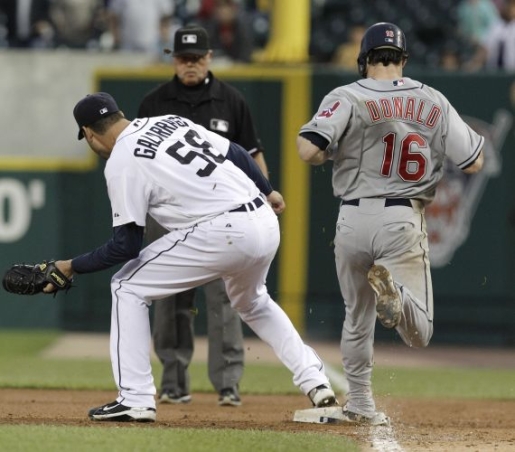What is agility? If you had to explain it to a parent, could you? Sure most coaches have heard of an agility ladder, but what is it exactly that you are attempting to teach with an agility ladder?
Teaching agility doesn't require any fancy tools or devices, just a sound understanding of what it is and what physiological principle it relies on. Once that is understood, the practical application of that principle is a piece of cake.
Agility relies on the same principle as plyometric exercise does: the stretch shortening cycle (SSC). The SSC is a series of actions that occur within a muscle. When a quick stretch is placed on a muscle it will contract quicker than if the muscle were held in a stretch and then shortened.
This is not to say that you train agility in the same way that you train for jump height, just that the principle is the same. Basically, the muscle can contract quicker when it is quickly stretched and then released with a muscle contraction.
Here is a way i explain it to our young athletes. I got this from Mark Verstegen and it is a terrific way to explain it to kids and parents alike.
Place your hand flat on your chest with your palm against your chest. Now lift your middle finger down and slam it against your chest as hard and as fast as you can. Pretty quick. But now what I want you to do is take the thumb from your other hand and lift the middle finger of the hand that is on your chest to a quick stretch and then move your thumb. That middle finger comes down a lot quicker.
The thing is, you didn't have to think about it. Instead the mechanics of the muscle caused it to contract quicker. So in a practical sense, you have to teach the muscle to move faster.
However, there is one thing that must be considered when training for agility: deceleration. Being able to hit full speed and then decelerate is a very complex skill, one that most kids do incorrectly in a sport setting.
Now most deceleration takes place by loading only a single leg as that leg is planted and then pushed off of in another direction. One exercise you can do to improve deceleration and strength is a single leg hop to squat.
 Have your players balance on a single leg then jump up. As they come back down have them sink into a single leg squat and tough their shoe laces. This should really open your eyes as to which kids are going to be the most agile.
Have your players balance on a single leg then jump up. As they come back down have them sink into a single leg squat and tough their shoe laces. This should really open your eyes as to which kids are going to be the most agile. Athletes basically have to slow themselves down like a car going from 60-0 mph. This means not only controlling their own body weight, but also controlling the inertia created by their body weight.
 Another exercise that you can use is a lateral bound to squat. This is a similar exercise but focuses more on lateral deceleration. I hope your catching the major concept of agility here.
Another exercise that you can use is a lateral bound to squat. This is a similar exercise but focuses more on lateral deceleration. I hope your catching the major concept of agility here. Continue to enforce control upon landing, making sure that the foot is perpendicular to the direction of travel. This will make sure the glutes are used in both deceleration and reacceleration.
Stay tuned for the next post as we talk about rhythm and how to incorporate it into your practices for improved movement, speed and agility!




